Search Website

General Practice Residency (GPR)
Our General Practice Residency exposes you to a range of clinical skills, patient care experiences and leadership training opportunities, and is a strong fit for ambitious dental professionals keen on shaping the landscape of modern health-care.
General Practice Residency (GPR)
Our General Practice Residency exposes you to a range of clinical skills, patient care experiences and leadership training opportunities, and is a strong fit for ambitious dental professionals keen on shaping the landscape of modern health-care.
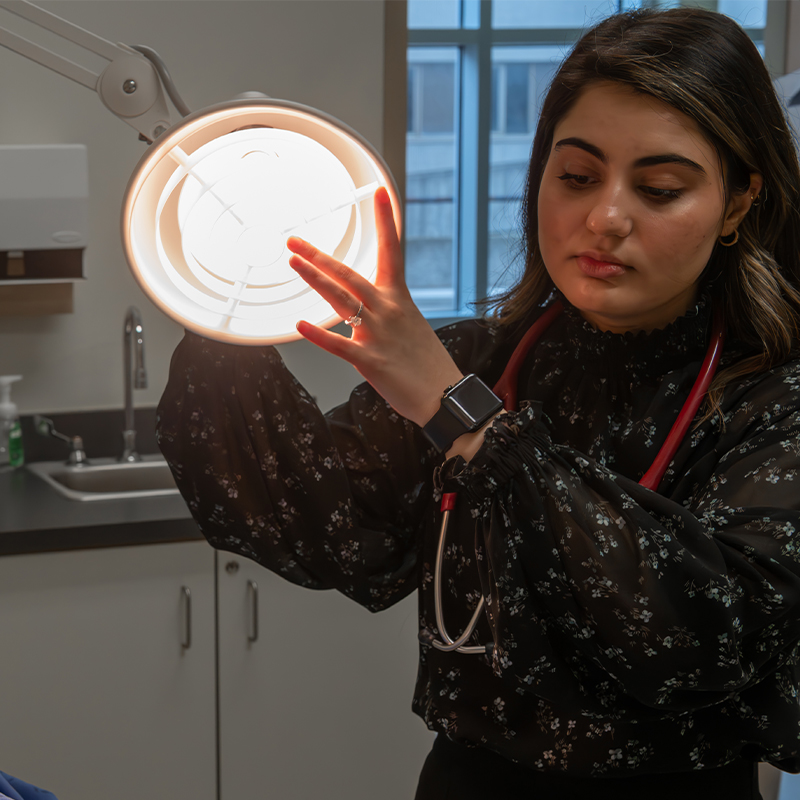
General Practice Residency (GPR)
Our General Practice Residency exposes you to a range of clinical skills, patient care experiences and leadership training opportunities, and is a strong fit for ambitious dental professionals keen on shaping the landscape of modern health-care.
About the program
- Program name: General Practice Residency (GPR)
- Duration: 12 months
- Application deadline: October 1st
- Contact: postgraddentistry@schulich.uwo.ca
- Website: General Practice Residency
Reasons to study
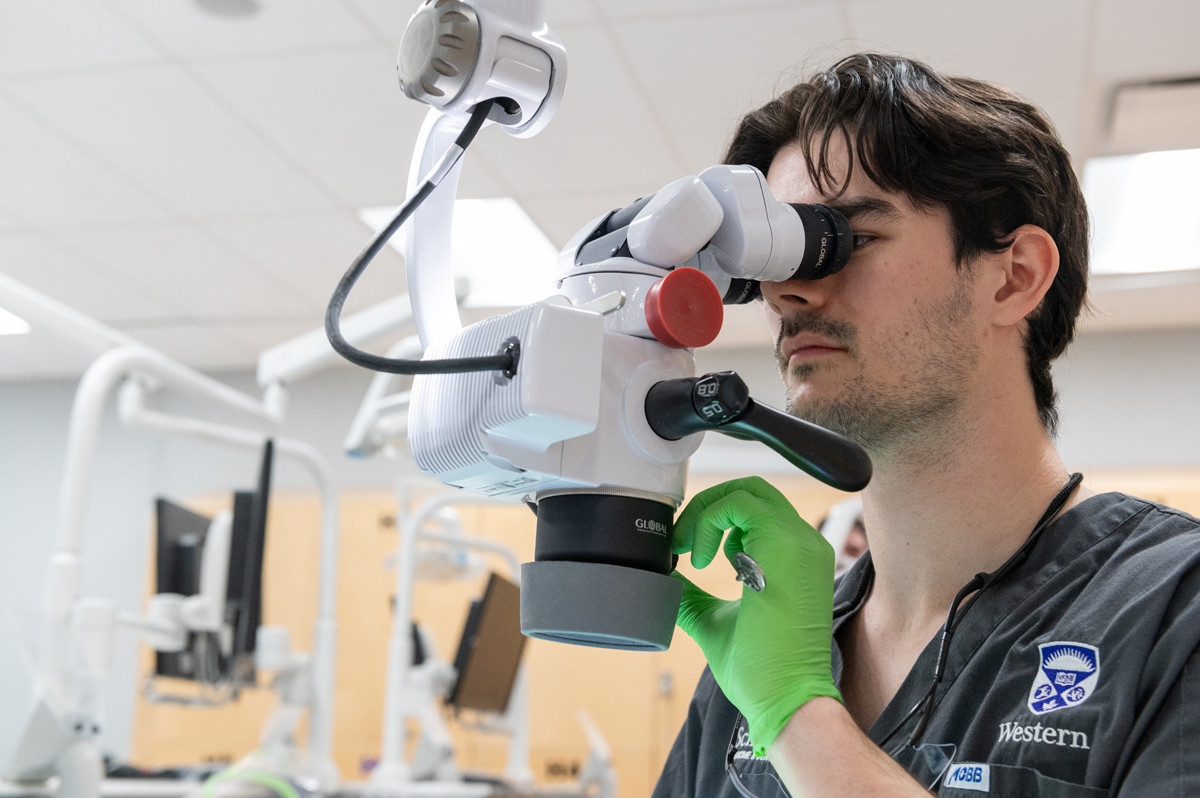
Hospital-based residency
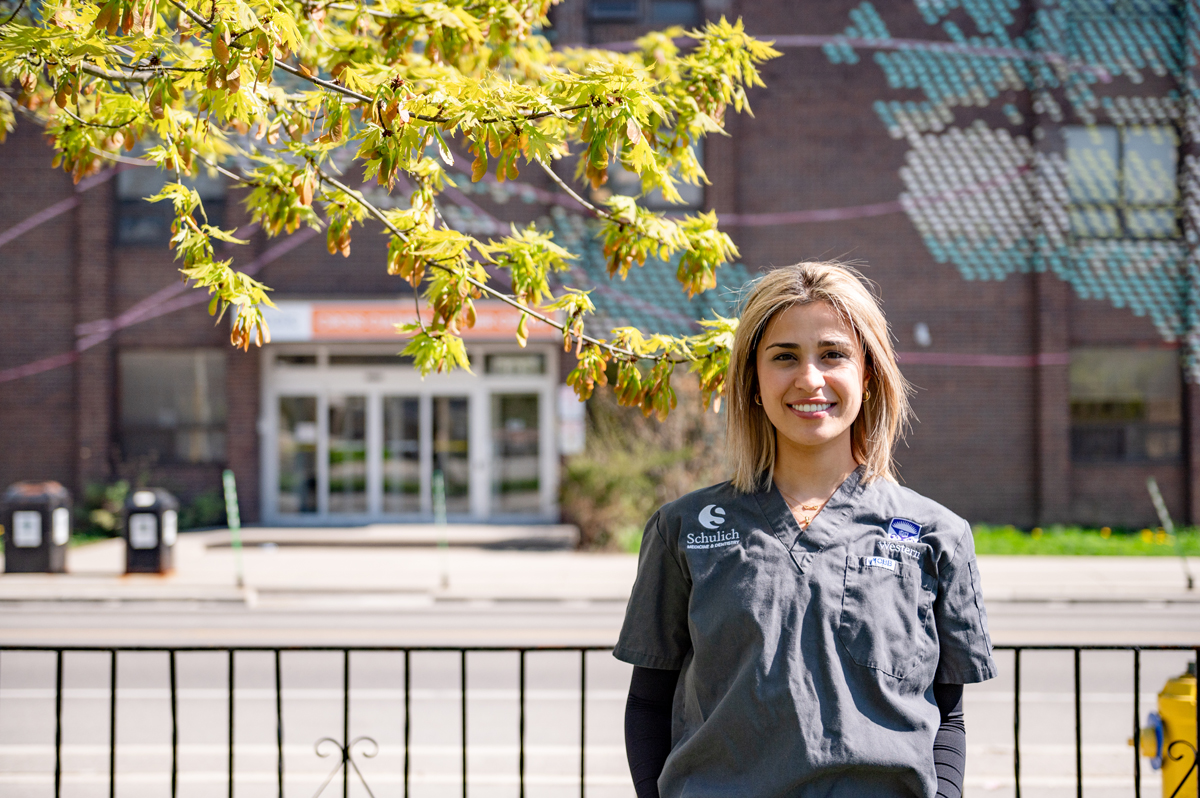
Interdisciplinary experience
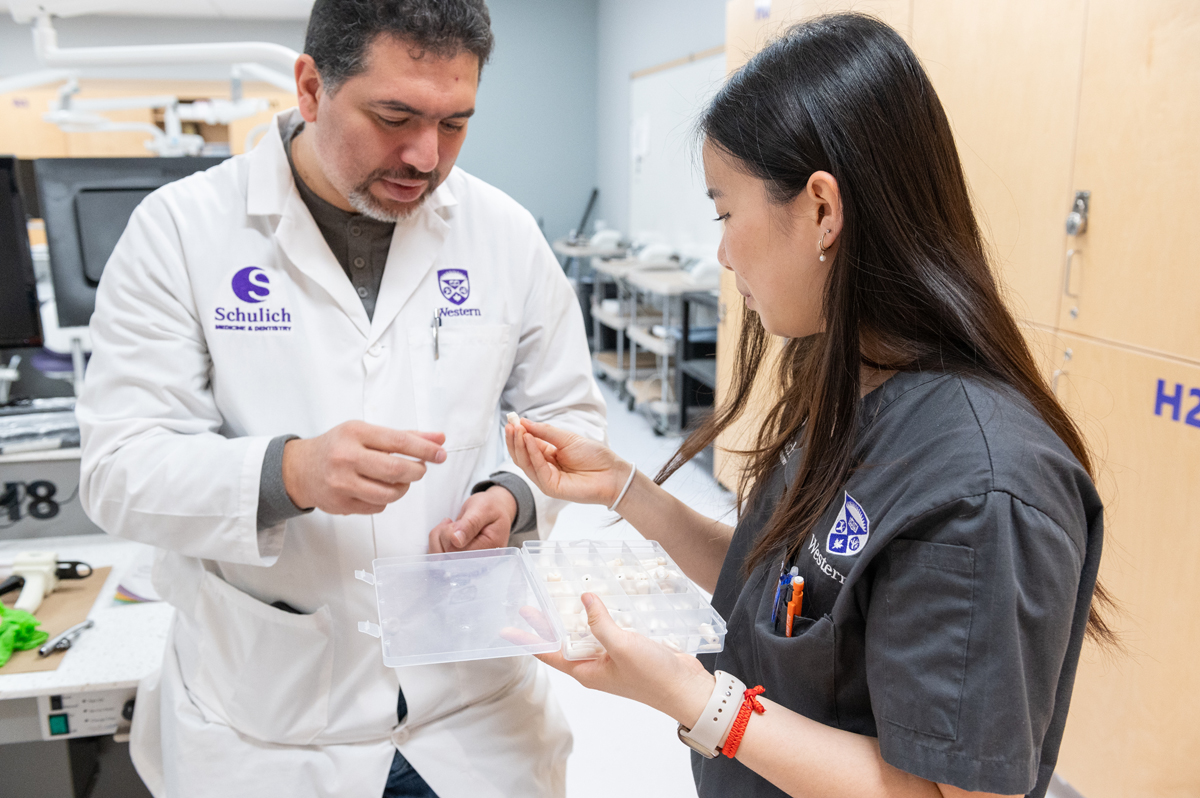
Expert mentorship
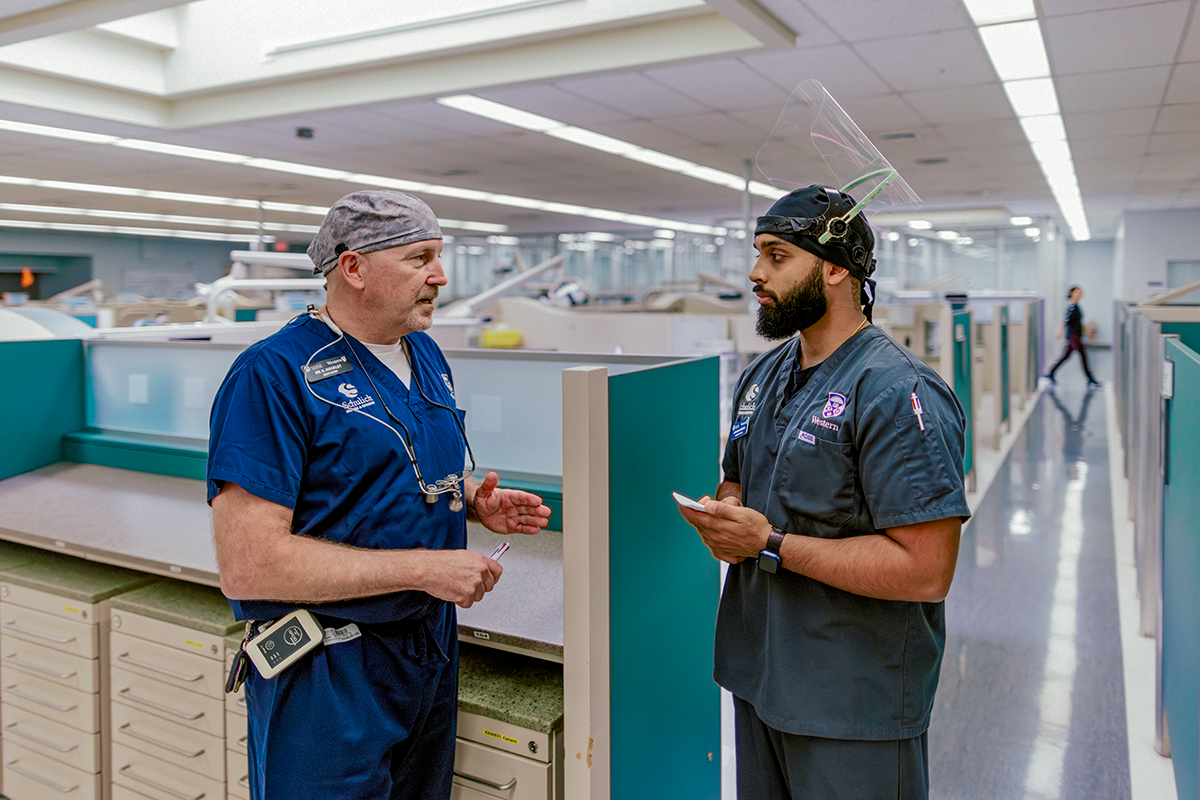
Small cohort
Admission requirements
Registration with the National Matching Service
You must be registered with the National Matching Service to be eligible for admission. Register now
DDS from a CDAC-Accredited School
You must hold a Doctor of Dental Surgery (DDS) degree from a school accredited by the Commission on Dental Accreditation of Canada (CDAC).Internationally Trained Dentists
Internationally trained dentists must meet one of the following criteria:
- Complete a qualifying program.
- Pass the National Dental Examining Board (NDEB) Exam.
How to apply
Your completed application package includes:
- Dental school transcripts (undergraduate transcripts are not required)
- Curriculum vitae
- Three letters of reference (submitted by referee directly)
- Application Fee: $75 CAD via certified cheque or bank draft only, submitted by mail to: Program Assistant - Erica McCurdy, 1151 Richmond St, Health Sciences Addition (HSA) Room H31, London, ON N6A 3K7
Apply online
Applications can be submitted online.
Other required documents can be emailed to postgraddentistry@schulich.uwo.ca
Application deadline: October 1st
Career resources & opportunities
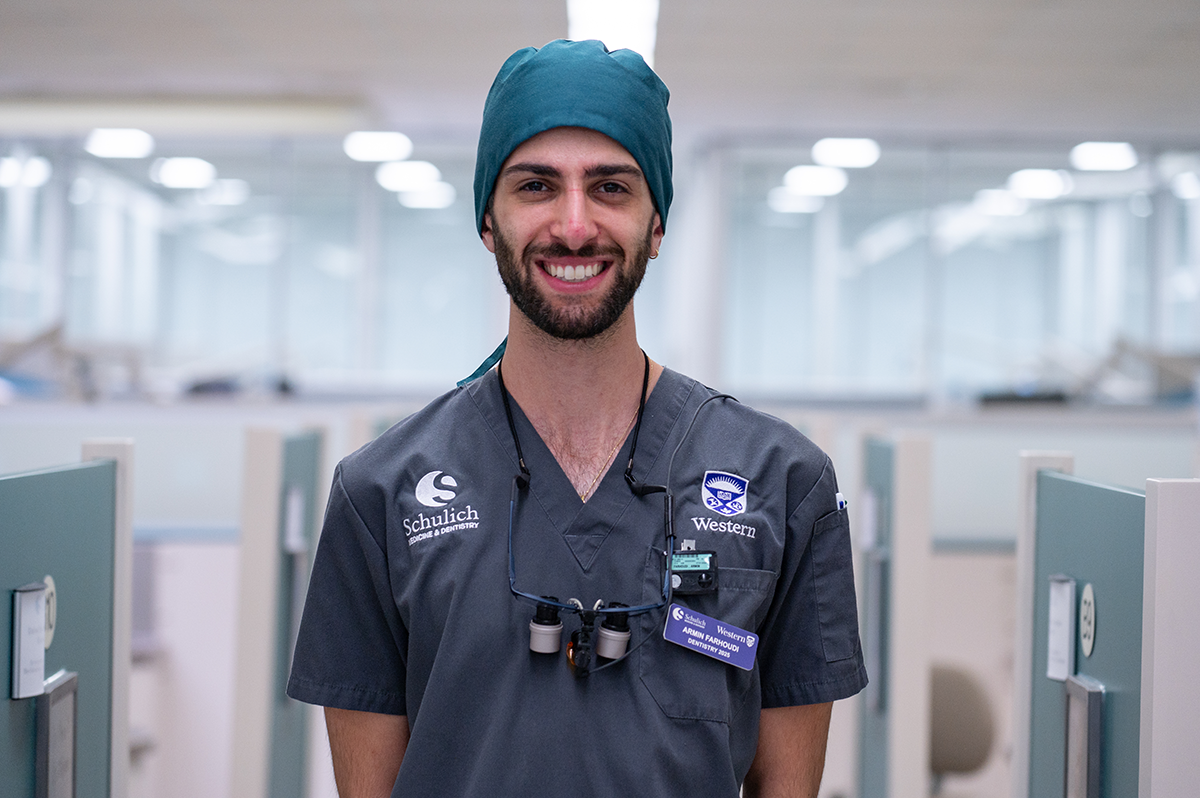
The Graduate Practice Residency program provides robust career resources, including mentorship from leading experts, diverse clinical rotations and interdisciplinary training.These opportunities will hone your clinical expertise, leadership skills and patient care capabilities, and prepare you for advanced roles in dentistry.
Networking within hospital settings and exposure to underserved communities will help to expand your career prospects, and foster adaptability and professional growth.
With personalized guidance and hands-on experience, you'll be equipped to excel in modern dental practice and meet evolving health-care demands.
Have questions? Connect with us!
Contact our program admissions office for more information or get your questions answered.
Postgraduate Dental Education Office
Your life at Western
Campus life
Connect, explore, and thrive on our close-knit campus.
Campus tours
Campus tours are available for anyone interested in attending Western.
About London, Ontario
Discover all that Western and London have to offer.